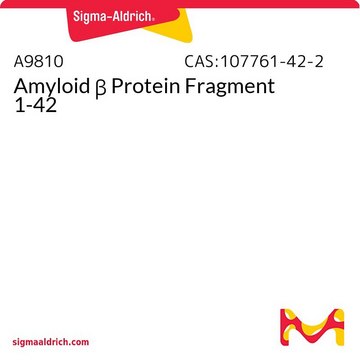B7554
Anti-c-Myc−Biotin antibody, Mouse monoclonal
clone 9E10, purified from hybridoma cell culture
Synonym(s):
Anti-c-Myc, Monoclonal Anti-c-Myc−Biotin antibody produced in mouse
About This Item
Recommended Products
biological source
mouse
Quality Level
conjugate
biotin conjugate
antibody form
purified from hybridoma cell culture
antibody product type
primary antibodies
clone
9E10, monoclonal
form
buffered aqueous solution
species reactivity
human
concentration
0.8 mg/mL
technique(s)
western blot (chemiluminescent): 0.05-0.1 μg/mL using an extract of 293T cells or E. coli cells expressing c-Myc tagged fusion protein
UniProt accession no.
shipped in
dry ice
storage temp.
−20°C
target post-translational modification
unmodified
Gene Information
human ... MYC(4609)
Looking for similar products? Visit Product Comparison Guide
General description
Specificity
Immunogen
Application
Enzyme-linked immunosorbent assay (1 paper)
Physical form
Not finding the right product?
Try our Product Selector Tool.
Storage Class Code
10 - Combustible liquids
WGK
nwg
Flash Point(F)
Not applicable
Flash Point(C)
Not applicable
Choose from one of the most recent versions:
Already Own This Product?
Find documentation for the products that you have recently purchased in the Document Library.
Our team of scientists has experience in all areas of research including Life Science, Material Science, Chemical Synthesis, Chromatography, Analytical and many others.
Contact Technical Service







